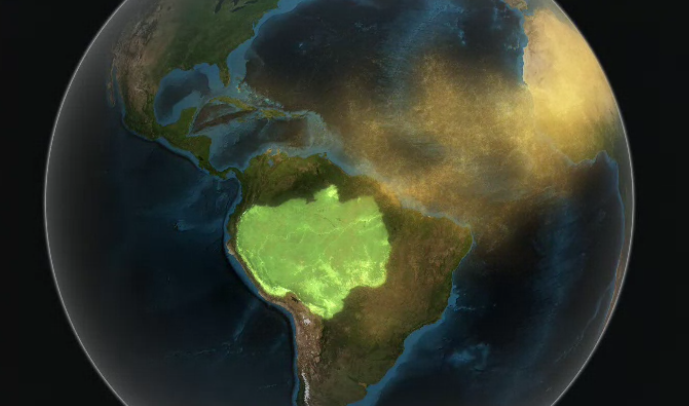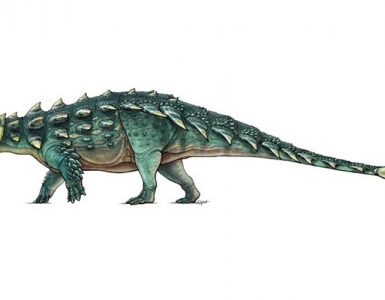The lead author Hongbin Yu, who is an atmospheric scientist at the University of Maryland and works at the Goddard Space Flight Center of NASA in Greenbelt, Maryland said that this is a small world and we all are connected to each other.
On February 24th, the latest research paper was published in Geophysical Research Letters which is a journal of the American Geophysical Union. It supplies the foremost satellite based estimate of this transport of phosphorus over multiple years. A NASA satellite, for the very first time, has quantified in three dimensions for the amount of dust moving to the fertile land.
Phosphorus is a fundamental nutrient for the plant proteins and growth on what the rain forest of Amazon depends in order to blossom. Phosphorus from the desert of Sahara arrives at the Amazon rain forest in a computed quantity of twenty two thousand tons annually. Yu mentioned that this is about the similar amount as to what is normally lost from flooding and rain. These research findings are the part of a larger research in an attempt to make out the role of the aerosols and the dust in composing our environment and on the global climate overall. Yu also said that they know that the dust is much important in many ways. It is the fundamental component of the Earth system. At the same time, the dust would affect the climate and climate change would affect the dust.
Trepte said that the wind currents are different at different altitudes. He also added that this is a step ahead in providing the understanding of what dust transport, in three dimensions, seems to be and then the comparison with these models which are being utilized for the climate studies. Yu told that they have, in the future, the plants to discover the effects of these aerosols on the local clouds and how they are influenced by the African dust.
Image source: NASA.Gov
The image used in this article is for publication purpose (news reporting) only. For queries related to take downs, please email us at dmca[at]bangalorean.net.






















